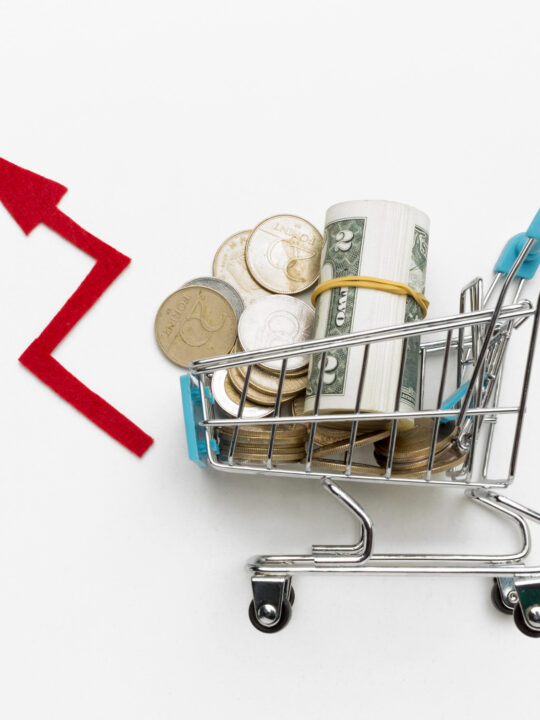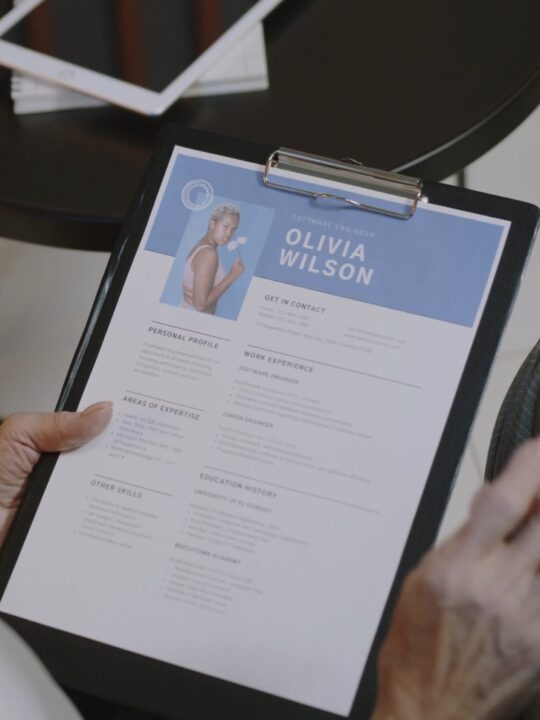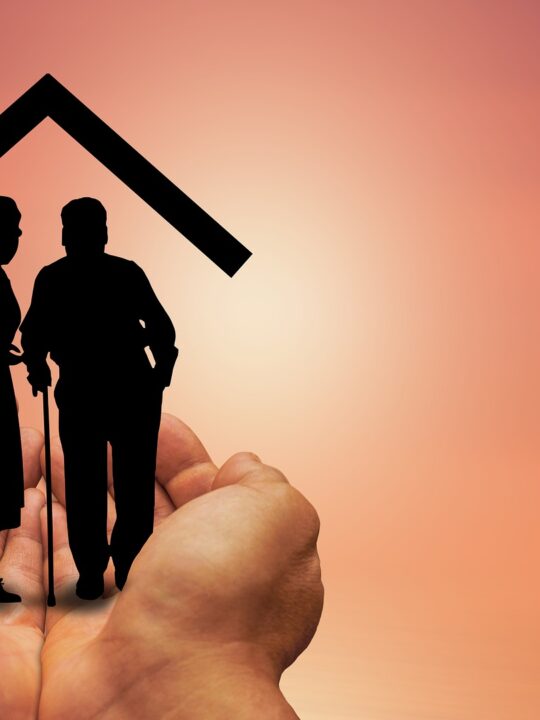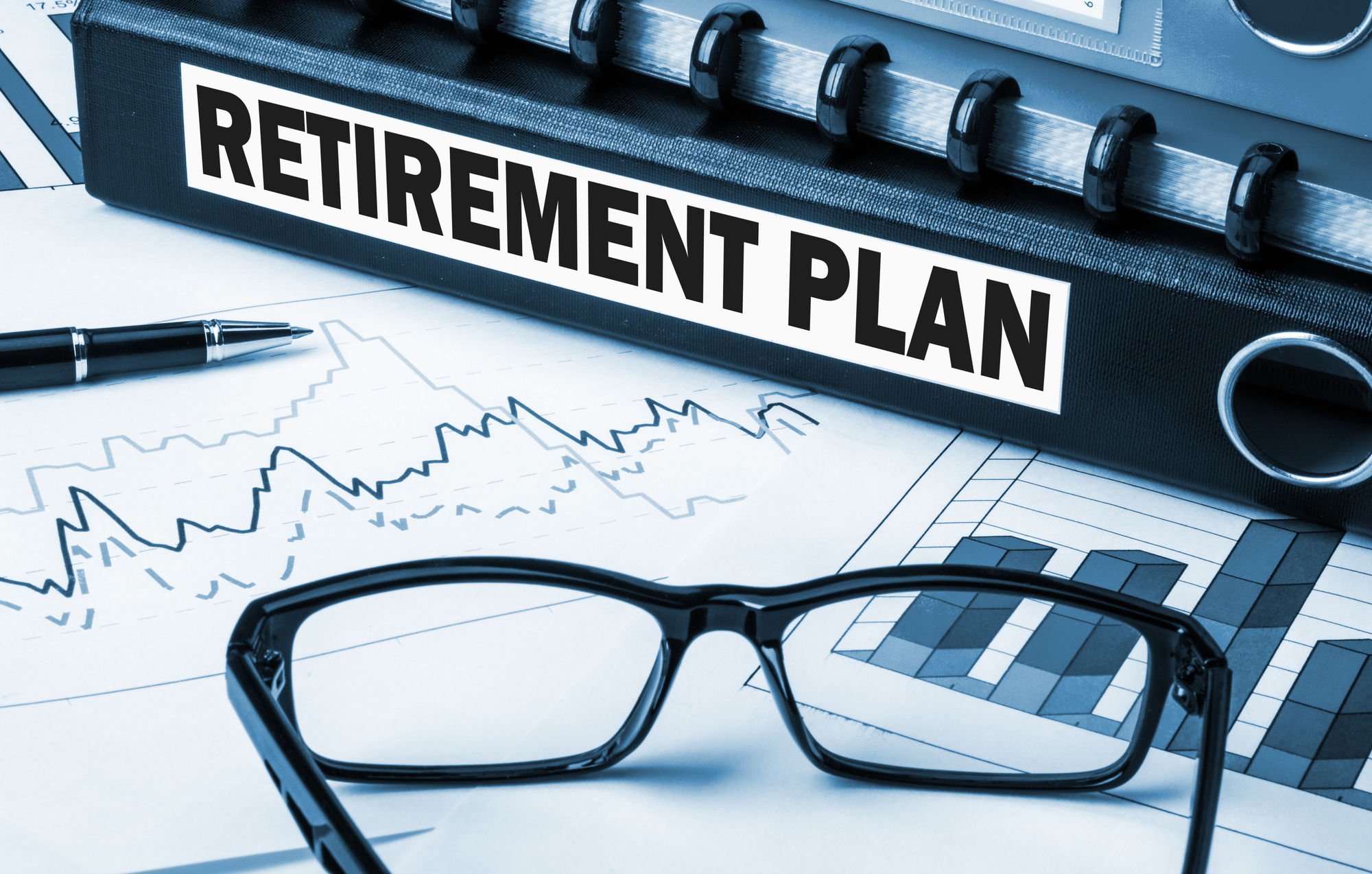A household budget can be a fair-weather friend. It helps you keep on track when everything goes according to plan. But as soon as a costly unexpected expense drains your savings, you’re on rocky financial ground. If another emergency arrives before you can rebuild your rainy-day fund, you may need to borrow to cover your unexpected bill.Online personal line of credit technology makes it easier to borrow cash, but what about paying it all back? You can keep it simple, too. Check out these tips to help pay back your line of credit like a pro.
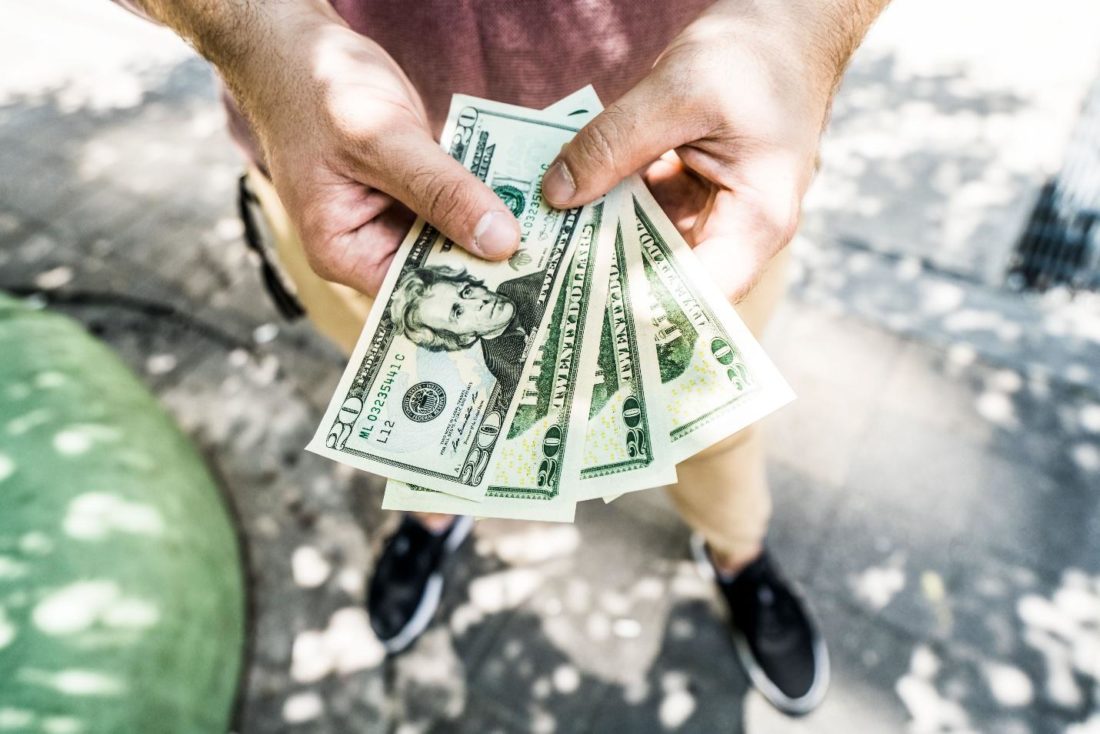
Table of Contents
1. Automate Your Payments
When you’re busy, it’s easy to forget about an important due date. Between that big project at work, a white-knuckle commute home, and getting the kids to soccer practice on time, you have other things on your mind.
A little mistake may come with big consequences. Plenty of financial institutions apply late penalties, and you’ll likely accrue more interest on your outstanding balance.
Paying bills on time is also crucial to keeping your personal line of credit in good standing. This will go a long way to maintaining good credit history.
Even if your line doesn’t normally get reported to one of the three major reporting agencies, late payments may impact your history. Some financial institutions may share information once an account becomes delinquent.
Automating your payments is an easy way to pay your bills. Go online to set-up scheduled payments for all your regular bills.
2. Be Wary of the Minimum Payment
With a personal line of credit, one of the perks of borrowing is the minimum payment. This comes in handy in emergencies when you find yourself short on funds.
If you can’t afford to pay all your bills and your personal line of credit’s balance, you may opt to make a minimum payment. As a fraction of the full balance, it’s easier to handle during a tight month. And by making this minimum, you’ll avoid any late fees.
It may be a financial hail Mary in exceptional circumstances, but it’s not a long-term repayment plan. You should pay as much as you can against your balance whenever possible. Paying off your balance in full may help reduce interest and free up your available limit.
3. Make More Than the Scheduled Payments
Interest accrues every day you carry a balance, which means you’ll owe more the longer it takes you to pay it off.
You may be able to limit how much you spend on interest by making additional payments. Additional payments may also help you reduce your balance and free up your limit faster.
Take some time to tweak your budget. If you’re able to reduce your spending, you may free up cash to double down on your payments.
Just double check that your financial institution allows additional payments. Some might penalize you for making payments outside your usual schedule.
Bottom Line
According to the Federal Reserve Board, 40 percent of Americans would have to borrow money or sell a belonging to cover an unexpected expense of $400 or more.
Getting a personal line of credit may be a normal part of running a household. But that doesn’t mean it’s not a big decision with an even bigger impact on your finances. Make the right choice and follow these easy tips when paying it back.
